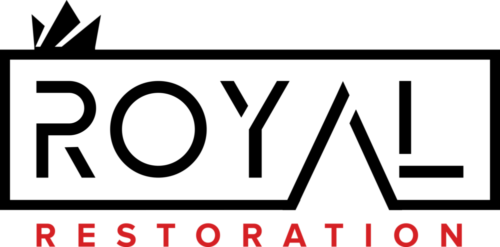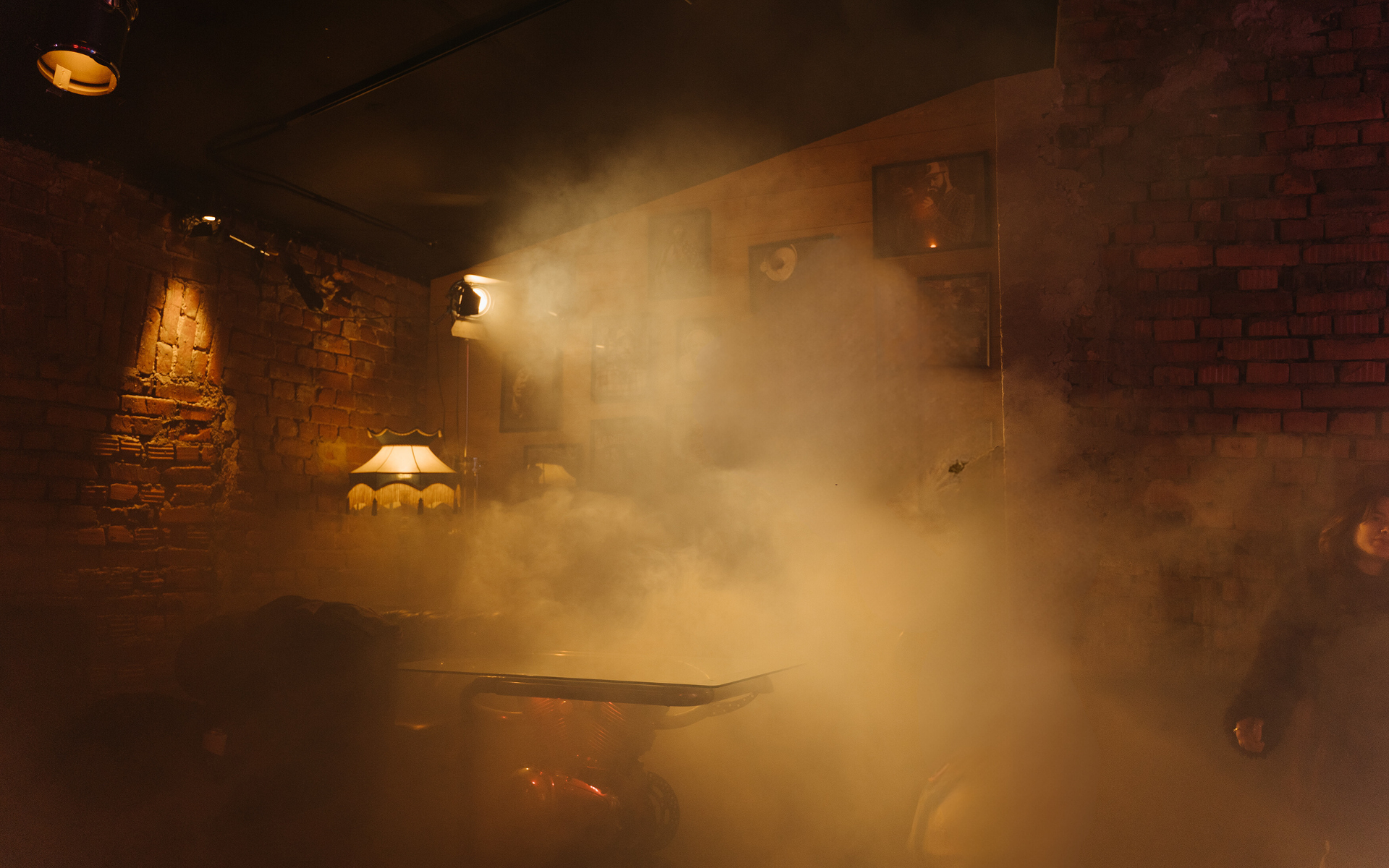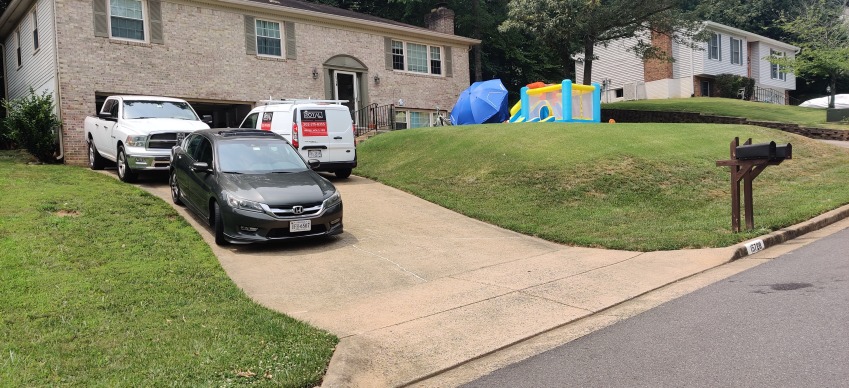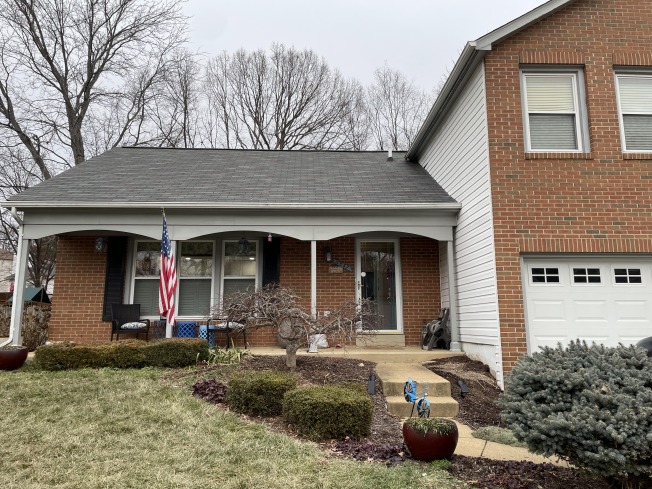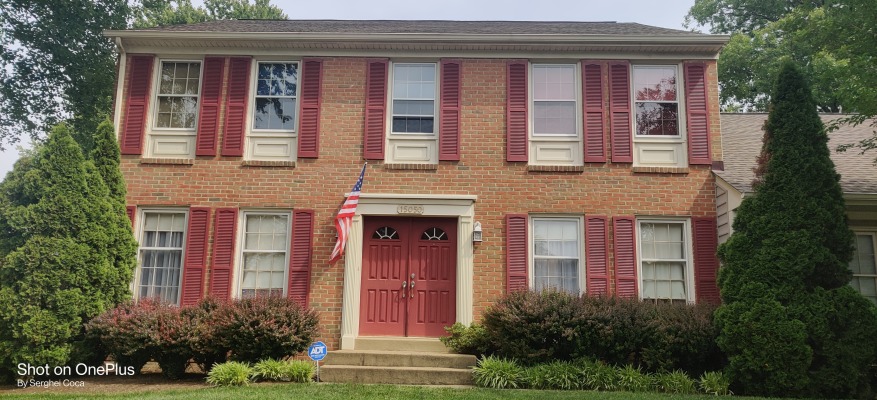Smoke damage can happen after a minor fire and leave behind a big mess. The residues penetrate porous surfaces and fabrics deeply, staining them and producing lingering odors. Attempting smoke damage cleanup without proper knowledge and gear can worsen the problem. This guide covers how smoke residues affect various materials and the right cleaning process to restore smoke-damaged spaces safely.
Introduction to Smoke Damage
Smoke from any combustion source like fires contains microscopic particles that get everywhere. Dark stains, odors, and hazy residues linger long after visible smoke dissipates. The tiny soot and ash particles permeate into walls, carpets, furniture, clothing, and more.
Improper or incomplete smoke damage cleaning allows residues to remain along with unpleasant lingering odors. The harmful particles and smell also pose health hazards through prolonged exposure. Using the wrong harsh chemicals during smoke affects cleaning and can permanently ruin valuable items.
Understanding how smoke damage and smoke affects the different materials is key to restoring them. You can effectively remove smoke and soot without further damage with the proper process, personal protective equipment, and cleaning solutions. This guide provides knowledge to clean smoke damage thoroughly and limit losses after fire damage.
Types of Smoke Damage
Smoke damage can range from minor surface residue to pervasive contamination affecting a home’s structure. The extent depends on factors like fire size, materials burned, and exposure time. Here are the main types of smoke damage:
Surface Staining
Minor fires or brief exposure produce surface staining on walls, furnishings, fabrics, and other items. Cosmetic staining occurs without much odor or penetration into materials. Surface smoke damage is the easiest type to clean.
Smoke Odor
Fires producing dense, sooty smoke allow particles to sink into porous materials and fabrics. Smoke and odor permeate walls, carpets, and other medium-density items without heavily staining surfaces. Lingering odors indicate deeper penetration needing intensive cleaning.
Pervasive Particulate Contamination
Major fires involving plastics, chemicals, and electronics create extremely fine particulates that coat every surface and penetrate deeply. This causes stains, odors, and damage throughout a structure and contents. Pervasive smoke requires extensive remediation.
According to smoke damage restoration company ServPro, over 65% of home items exposed to major smoke contamination get discarded due to ineffective DIY cleaning. Rebuilding and major renovations are often needed in these cases.
Structural Weakening
High-temperature fires compromise building integrity through loss of structural wood strength, metal warping, and concrete cracking. Roof supports, structural elements, and load-bearing framing require inspection and repairs or replacement.
Health Risks Of Home Smoke Damage Cleanup
Toxic gases emitted from burning modern synthetics pose respiratory dangers. Carcinogens and soot particles lodge in the lungs with exposure. Long-term health issues can result without proper precautions when cooking oil and cleaning smoke residue.
Understanding the type of fire and smoke damage also helps determine the appropriate cleaning methods, replacement needs, and safety precautions required in restoration. Evaluating the damage thoroughly prevents underestimating the rehabilitation work needed.
How Smoke Particles Affect Different Materials
The composition and porosity of items determine how smoke penetrates and clings to them. Here’s an overview of how smoke damage impacts common home materials:
Drywall and Wood
Painted drywall and wood collect layers of sticky, greasy soot that adheres heavily and stains black. Smoke seeps deeply into the unfinished wood grain. The residues emit lingering odors and require deep cleaning.
Furniture and Textiles
Fabrics like upholstered furniture, rugs, curtains, and clothing trap smoke and odors readily. Soot binds to fabric fibers while smoke discolors and produces yellow stains. Delicate fabrics require special treatment to avoid permanent damage.
Tile, Metal, Glass
Non-porous surfaces like tile, some metal surfaces, and glass do not hold smoke residues significantly. However, accumulations of sticky soot will coat surfaces that require cleaning. Smoke haze can also dull reflective finishes.
Concrete, Brick, Stone
Cementitious materials are semi-porous and collect moderate staining and smoke odor absorption unless sealed. Higher-density materials like stone are less impacted than softer brick and concrete.
Electronics and Appliances
Internal components of electronics can corrode from smoke particles, causing permanent damage. Exterior plastic casings also absorb odors that linger over time. Smoke disables motors and moving parts inside appliances.
Important Documents
Paper products like books, photos, and important documents readily soak up smoke, turning brittle and discolored. Moisture from extinguishers worsens damage to paper items.
Deep Smoke Damage Restoration Cleanup Process
You can make smoke-damaged items look and smell new again with the right methods and products. Here is an overview of the smoke damage cleaning process:
- Prepare and ventilate the space – Open windows and use blowers to remove airborne particles—use protective equipment like respirators, gloves, and eye protection.
- Clean painted walls and ceilings – Use TSP or commercial smoke cleaning solution and scrub with a stiff brush. Rinse thoroughly. Repaint with an odor-blocking primer like Kilz.
- Wash hard surfaces – Clean tile, metal, glass, and non-porous surfaces with degreasing cleaners or dish soap. For stone and concrete, use poultice paste.
- Shampoo carpets and rugs – Utilize extraction cleaning with pet urine enzymes to lift residues from carpet fibers.
- Clean electronics – Use disinfectant wipes specifically for electronics. Do not get your interiors wet. Replace if internal corrosion or damage is present.
- Treat furniture and fabrics – Upholstery cleaner with odor removers can eliminate a smoke smell. For heavy damage, hire professional fabric restoration.
- Clean documents – Photocopy valuable papers then gently wash originals wearing gloves. Air dry fully.
- Discard unsalvageable items – Inspect all possessions and throw out those permanently stained or retaining strong odors.
Follow up by a dry cleaning sponge sealing cleaned surfaces to inhibit odors and re-soiling. Hiring a professional smoke damage restoration company ensures thorough cleaning if the damage is extensive.
Health and Safety Precautions
Smoke damage contains health hazards requiring safety measures:
- Wear PPE – Use an N95 respirator mask, rubber gloves, and eye protection when cleaning residues.
- Isolate the area – Seal off rooms during cleaning and ventilate space.
- Avoid exposure – Limit time in contaminated areas and wash exposed skin afterward.
- Look for mold – Smoke damage promotes mold growth that poses respiratory risks.’.
- Be aware of structural risks – Have a structural engineer inspect if fire compromised load-bearing walls or the roof structure.
Take protective steps since smoke and soot contain carcinogenic compounds and particulates. Consult doctors if exposure causes respiratory issues.
In Summary
While smoke damage leaves behind a complex mess, this does not mean your home is beyond saving. With the right approach and perseverance, the residues, odors, and stains giving the impression of permanent damage can be defeated. Though the microscopic particles penetrate deeply, quality cleaning solutions and equipment combined with sheer determination to restore your home can win out.
Have patience and compassion for yourself and your belongings throughout the cleaning process. Some items may be too far gone and that is alright. The process may feel endless but press on knowing there is light and fresh air at the end of the smoke-damaged tunnel. Stay positive, stay safe, and let the damage be merely a chapter in your home’s story, not the final page. Your home’s best days are still ahead.
It’s highly recommended to hire professional cleaners for smoke and soot damage to ensure proper deep cleaning methods. Improper DIY attempts at cleaning smoke damage can permanently set stains and odors.
